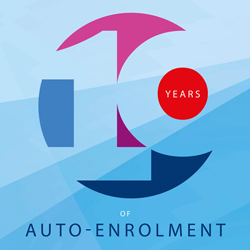Auto-enrolment – devised under Labour, legislated for by a coalition and implemented by the Conservatives – has been a rare pensions policy success. It was one of four bold ideas set out by the Pensions Commission in its report in December 2005, auto-enrolment into workplace pensions, compulsory employer contributions of 3 per cent, restoring the earnings link for the State Pension and gradually increasing the State Pension age, with an increase to 66 during the 2020s.
As pensions minister at the time I welcomed these as a coherent set of recommendations addressing the concerns people had been raising. I argued that putting off our response to the challenge the Commission had laid out would lead to a crisis in 20 years’ time. The Labour Government went on and legislated for auto-enrolment, set up the National Employment Savings Trust (Nest) and reformed the state pension, including restoring the earnings link.
Almost 20 years on, the Work and Pensions Select Committee has been looking at how the new system is working out. We have not yet agreed our report, but some clear themes have emerged from the evidence we have heard.
There is still a broad consensus in support of auto-enrolment and the linked reforms. There is, however, also widespread concern that people are not saving enough, but do not realise it. There are also people who fall through auto-enrolment gaps – in particular, self-employed people, and many gig economy and part-time workers.

